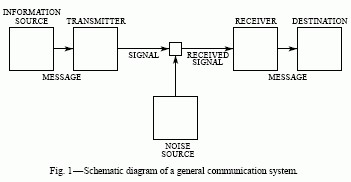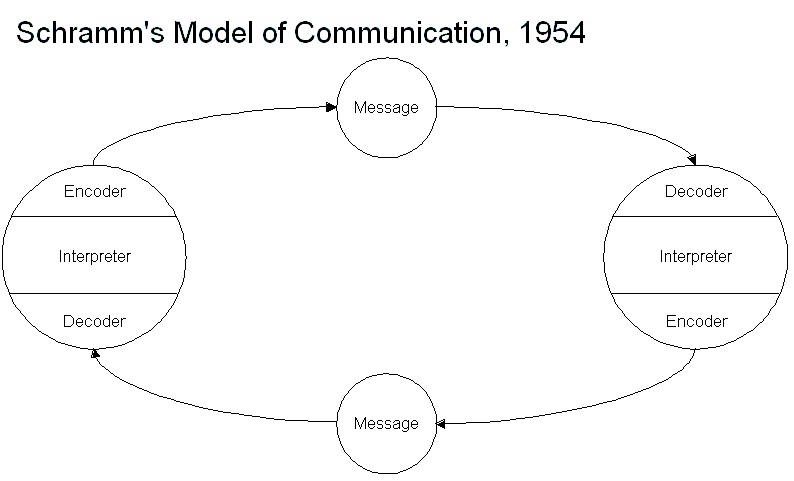Communication Theory and Professional Practice 1.2
Subject of Business Communication
Prescribed text referred to in these notes is Mohan et al, 2008, Communicating as Professionals, Edition 2, Cengage Learning, Melbourne. These notes are for the use of Bachelor of Business students with purchased copies of the text, not to be copied or sold separately.
Preview
What are the rules for good communication according to the transmission model, and what are the pitfalls?
The elements required of a professional communicator include the need to be clear and responsible, organised message, optimal use of medium, allows for receiver and environment, and allows response to check understanding.
Understanding different types of communication, views, attitudes and opinions that society, groups, people, consumers, clients, cultures, voters and customers have, with different preferences and ways of communicating, is essential for effective communication. Accordingly, when we as a professional plan and prepare for communicating a message we must take all these elements or variables into account, if we want to achieve our purpose.
A simpler example follows, in communicating instructions with purpose, 'Purposeful communication'. Which is the best and why? In English we have an expression for effective communication of systems and instructions, 'KISS keep it simple and short'
Another example, too many students are gathering out front smoking cigarettes, leaving the area untidy, obstructing pedestrians and giving Stott’s a bad image in Lygon Street. Write a message for the notice board to change this behaviour.
Finally, to show the importance of clear and purposeful communication in the workplace or professional life see Case Study 1.3 'Structuring the message'. What is wrong with the message and how should it be communicated, i.e. purposefully keeping in mind 'KISS'.
Transmission Model
 |
| Shannon Weaver Communication Model |
Standing here lecturing I am the information source, my vocal chords/mouth the transmitter, speech is the channel, your ears/hearing the receiver and you the destination. What happens is that ideas, facts, data or commands are sent as a message, i.e. relates between source and transmitter, and then receiver and destination.
A message has content, structure such as explanation or narrative, and code e.g. language, images, music or body movement, depending upon sources and destinations. Different sources could be academic, lecturer or teach versus research student, university student and school pupil.
Medium or channels are numerous sensory bases including face to face verbal, written, telephone, musical, poetic etc. and now the information communication technology (ICT) revolution a potential mix of all. Important, is the choice of channel(s) to convey the message (s).
How is communication carried between source and transmitter to the receiver and destination? (Medium/channel) Give examples, advantages and disadvantages?
What do we call an answer or response? Does it always exist in communication? Give examples
 |
| Schramm's Circular Model of Communication |
Schramm's model is logical continuation of response or feedback, i.e. circular continuous and exemplified by encoding and decoding through various signs e.g. question and answer in conversation, which allows immediacy and accuracy.
What is a loop? What are examples of signals carried within loop? In customer service this occurs whether face to face, over the telephone, online messenger or automated telephone service. The latter example of an automated telephone service is purely technical form of communication and can be used to lodge a simple tax return, but if the message is not decoded, interpreted or encoded correctly, then you can defer to a live operator. What are other examples of this communication working, and also where this would not be possible, and why? Would this be suitable for a detective interviewing a suspect, or a doctor attempting to diagnose a patient, why or why not?
Flow of communication generally in one direction or from one source such as gossip, rumour or the grapevine but with commensurate distortions though omission, alteration and addition.
Another example is your choice of study destination, agent, courses, visas, immigration and accommodation? Who did you seek advice or suggestions from and from where did their advice come from? Why might people use the 'grapevine' in preference to other sources e.g. official websites or government offices? What are the issues or potential problems with gaining informal advice from the 'grapevine'? Are there other ways the 'grapevine’ can be used professionally e.g. 'viral marketing' by the advertising industry?
Summary:
What are the rules for good communication according to the transmission model, and what are the pitfalls?
Transmission model requires good communication through well thought out objective(s), message structure, optimum medium, sociocultural elements, eliciting and managing feedback, and keep direct to minimise distortion. Because it is dependent upon the person for transmission, and subjective regarding the message, meaning and other elements are not taken into account when communication takes place, or too simplistic.
In a professional context the message must be very clear and checked for accuracy, while personally or socially be aware of the pitfalls and do not believe everything you are told, again check.
Reference List:
Mohan T., McGregor H., Saunders S. & Archee R., 2008, Communicating as Professionals, 2nd Edition, Cengage Learning Australia P/L, Melbourne.
Schramm, W. 1954, 'How communication works', in Schramm, W. & Roberts D. F. (eds), The process and effects of mass communication, University of llinois Press, Chicago.
Shannon, C. E. & Weaver, W. 1949, The mathematical theory of communication, University of Illinois Press, Chicago.
For similar blog and articles on business communication click through.

No comments:
Post a Comment